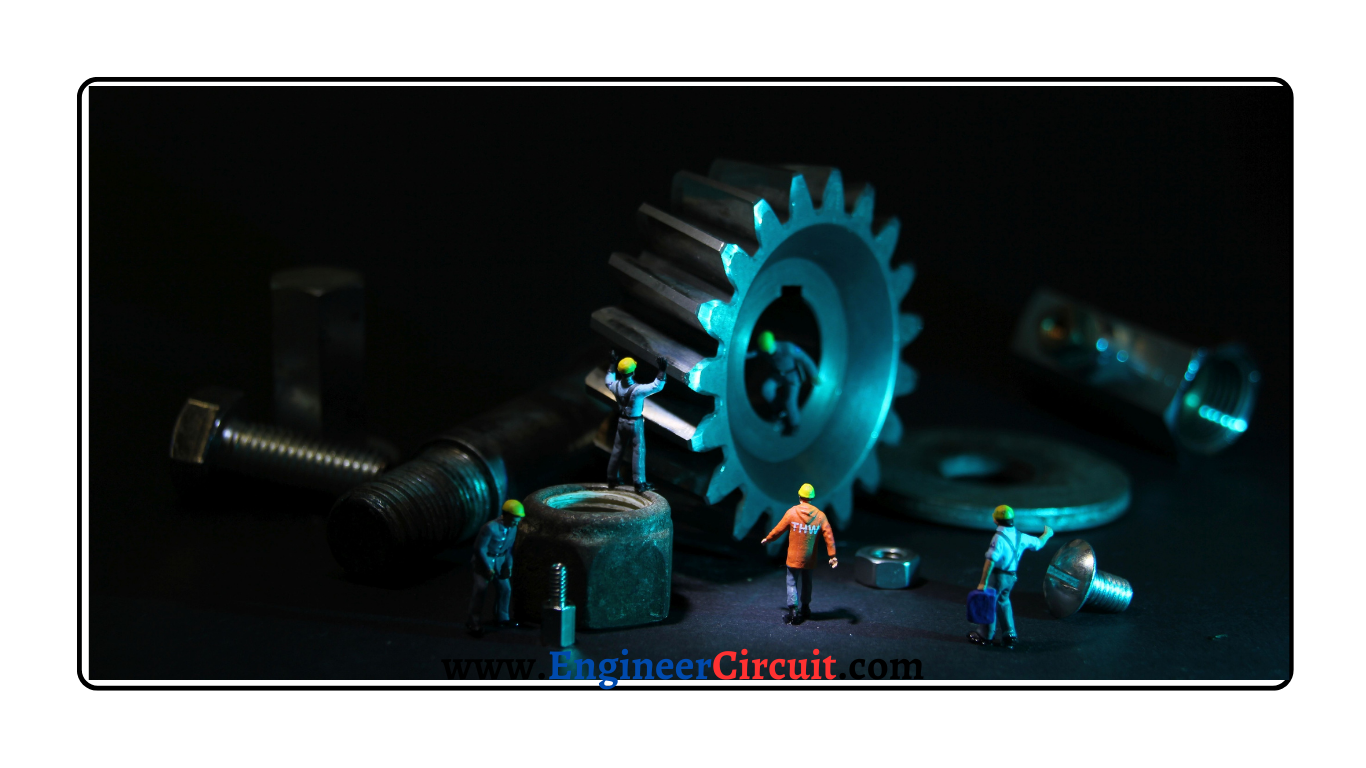Types Of Machine Design & Design
Mechanical engineering classifies mechanical design, also known as machine design, into 10 types:

- New design: Mechanical engineers with technical skills, problem-solving expertise, analytical skills, and creative thinking create, draft, and build new designs. They are in high demand across various industries and workplaces.
- Adaptive design: Engineers focus on adapting existing designs by making minor modifications or alterations to improve product designs.
- Development design: This type involves modifying an existing design to create a new product or idea by utilizing new materials or following a different manufacturing method.
- Rational design: Rational design relies on mathematical formulas based on the principles of mechanics to develop new designs.
- Empirical design: Empirical design is based on past experiences and practices, employing empirical formulas to create designs.
- Industrial design: Industrial design is a widely recognized and commonly used approach in machine design. It involves producing mechanical components to fulfill the specific needs of industrial processes.
- Optimum design: True to its name, optimum design is often the best design choice to achieve a given objective within specified constraints.
- System design: System design focuses on designing the complex mechanical systems of intricate devices like cars. It encompasses designing various components within the system.
- Element design: Element design involves designing specific elements of a mechanical system, such as pistons, crankshafts, bearings, housings, or connecting rods.
- Computer-aided design: This type of design utilizes computer software to assist in creating, analyzing, modifying, and optimizing designs.
These classifications encompass the diverse approaches and methods utilized in mechanical design within the field of mechanical engineering.